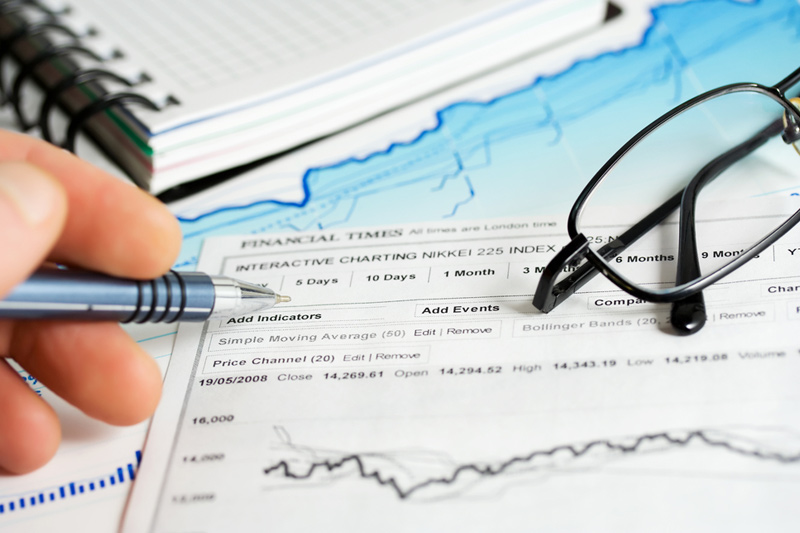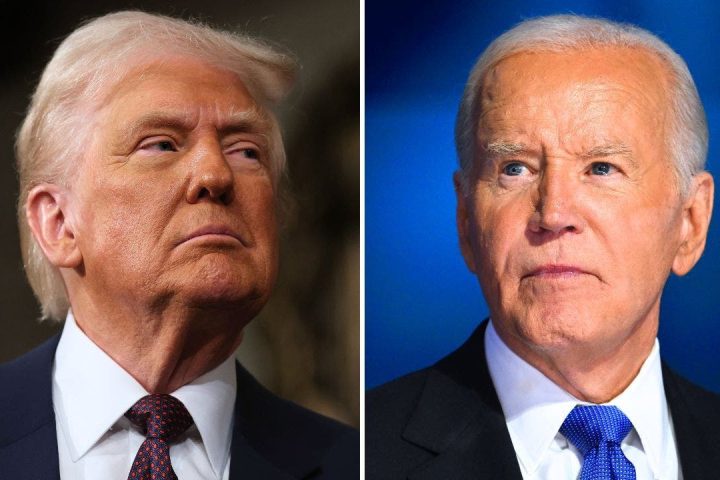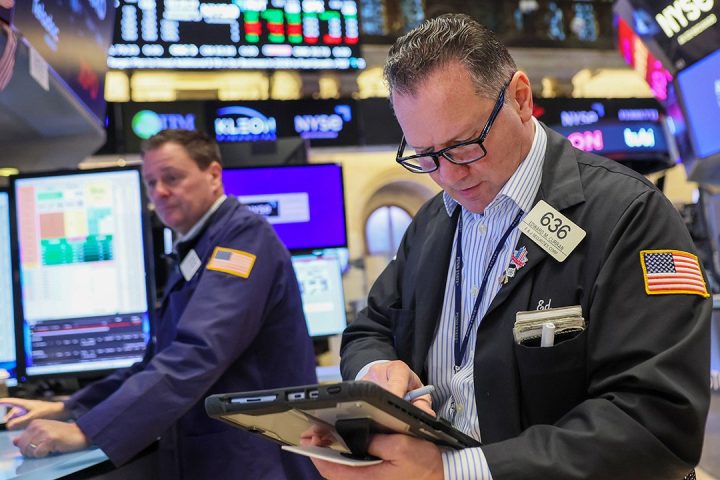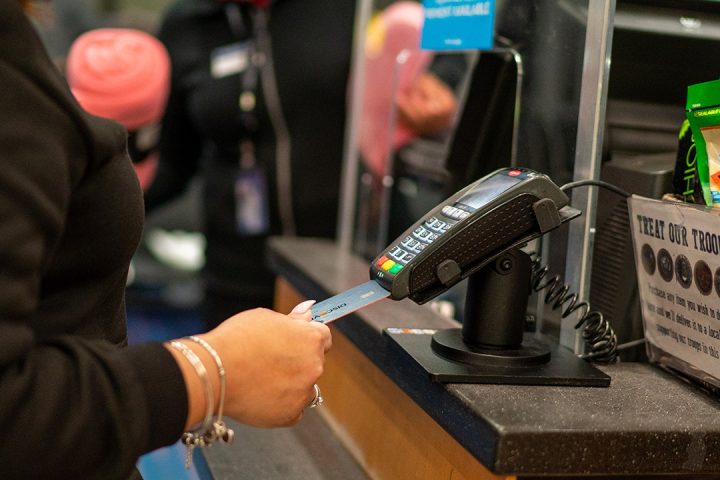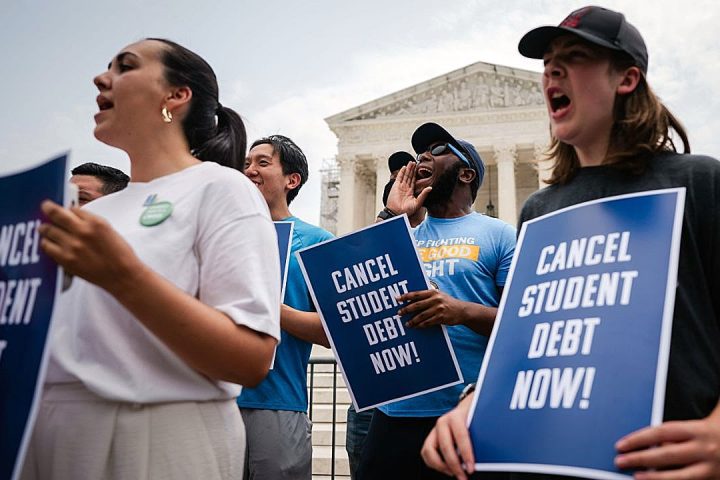Consumer spending is the gift that keeps on giving for the economy, underscored by the latest numbers on America’s gross domestic product.
Thursday’s numbers showed the economy expanding at a better-than-expected 4.9% annual pace in the third quarter, powered by a 4% increase in consumer spending.
A month ahead of Black Friday, some retail experts and surveys say many people — but not all — will keep spending through the economic headwinds that threaten to cloud the holidays.
There’s inflation’s cumulative wear and tear. There’s student loan bills that resumed in October. There’s credit-card balances that now top $1 trillion, and growing costs for interest and late payments. Could all of that put a chill on holiday shopping?
Bah humbug.
“I don’t necessarily believe the holidays will be the time consumers will pull back,” said Mike Graziano, consumer products senior analyst at the tax and consulting firm RSM US. In the period from October to December, the firm is expecting a 5% increase in retail sales compared to a year ago.
If people reduce their spending on a broad scale, the slowdown would likely occur after the holidays, he said in an interview after the GDP numbers came out.
Meanwhile, a new TransUnion
TRU,
report said nearly three in 10 people (29%) are planning to spend more on the holidays this year and 16% said they would spend less.
Just over half of polled Americans, 51%, said they would spend at least $500 on holiday shopping, according to the survey from the consumer credit reporting company. That’s up from 46% one year earlier.
“Despite what seems like a constant drumbeat of negative news — rising interest rates, persistently high inflation and more — consumers remain resilient,” Cecilia Seiden, vice president of TransUnion’s retail business, said in a statement. The report’s results are a nod to a strong job market and wage growth, she said.
Another report this month signals a brisk holiday spending season ahead. People planned to spend an average $1,652 on holiday expenses this year, according to a seasonal forecast from the consulting firm Deloitte. The $1,652 exceeds pre-pandemic holiday spending expectations for the first time, researchers noted. In 2019, polled consumers planned to spend $1,496.
Last year, Americans collectively spent $936.3 billion on holiday shopping, according to the National Retail Federation. That fell short of the organization’s forecasted sales range, which ranged from $942 billion and $960 billion.
It was still a strong showing a time of fast-rising interest rates and hot inflation, Matthew Shay, the organization’s president and CEO said earlier this year.
The National Retail Federation is scheduled to release its holiday spending forecast next week. (The Federal Reserve will also meet next week to decide if it should raise its benchmark rate again.)
Tale of two consumers
Make no mistake, all the strong-sounding surveys and outlooks certainly don’t mean all spirits will be bright for the 2023 season. There are economic counterpoints and other surveys pointing at consumer stress just as the holidays approach.
Six in 10 people say they are cutting back on their holiday gifts for close family and friends and 69% say they are scaling back on gifts for extended family and friends, according to a survey from Accenture.
The money pinch is tight enough that 63% of consumers say they’ll go easy on decorative lights to save on their electric bill. More than half said they’ll be making less fancy holiday meals to curb costs.
Lower-income consumers with lower credit scores are also under tightening pressure. For example, the interest on subprime car loans can now exceed 20%. During the second quarter, early-stage credit card delinquency reached its highest level since the first quarter of 2012.
Bankers also noted emerging cracks for lower-income consumers in third quarter earnings calls.
There’s going to be a record $221.8 billion in online shopping for the holidays, according to forecasts by Adobe
ADBE,
But there will be plenty of people who will hunt for discounts, skip speedy shipping options and may use buy-now, pay-later options, researchers said.
What’s going on?
Surveys conveying a downbeat mood offer a peek into people’s minds, but it “doesn’t necessarily mean they are not going to spend their dollars,” Graziano said. In other words, what people say about their money and what they do with it can diverge.
But speaking of diverging, Graziano said there’s a dividing line on who can and cannot spend as freely during the holidays.
“Holiday spending will be largely driven by upper-income consumers. It usually is,” he said. Farther down the income ladder, lower-income consumers will not skip the season. But gift-givers will be “a little bit more cautious, a little bit more deliberate.”
“It really is a bifurcated consumer market today,” he said.
Read the full article here

